Amgen scientists isolated the gene that created erythropoietin (EPO)
In 1983, Amgen scientists, led by by Fu-Kuen Lin, isolated the gene that creates EPO and filed a…
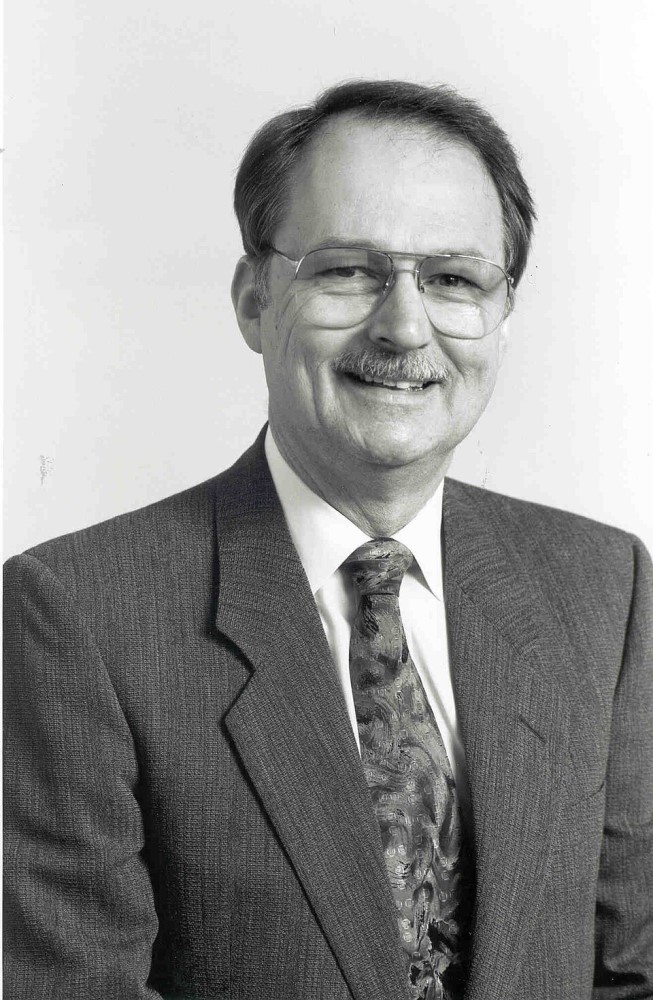
In 1983, Amgen scientists, led by by Fu-Kuen Lin, isolated the gene that creates EPO and filed a…
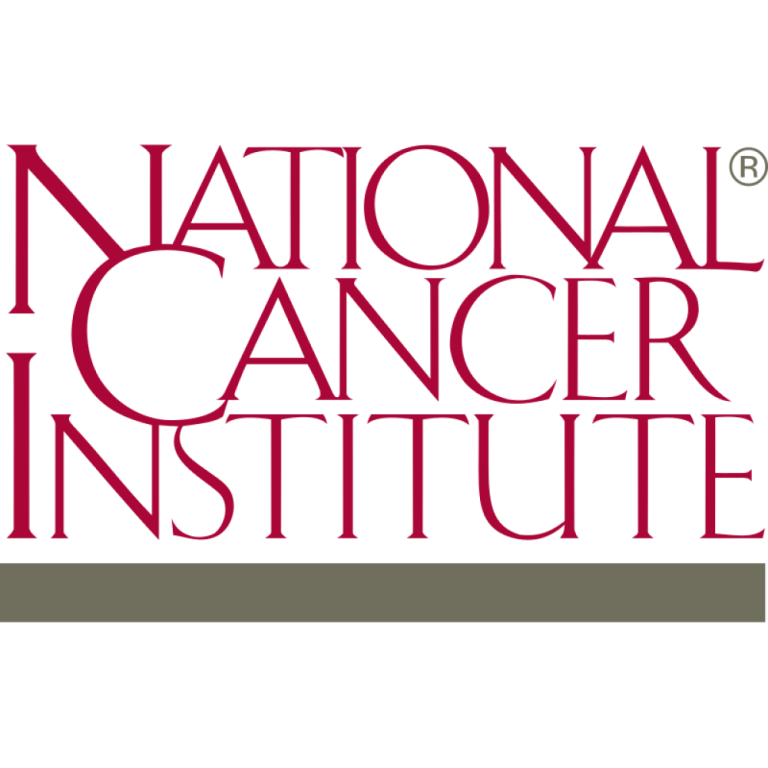
In 1983, the National Cancer Institute formed the Division of Cancer Prevention and Control to accelerate the science…
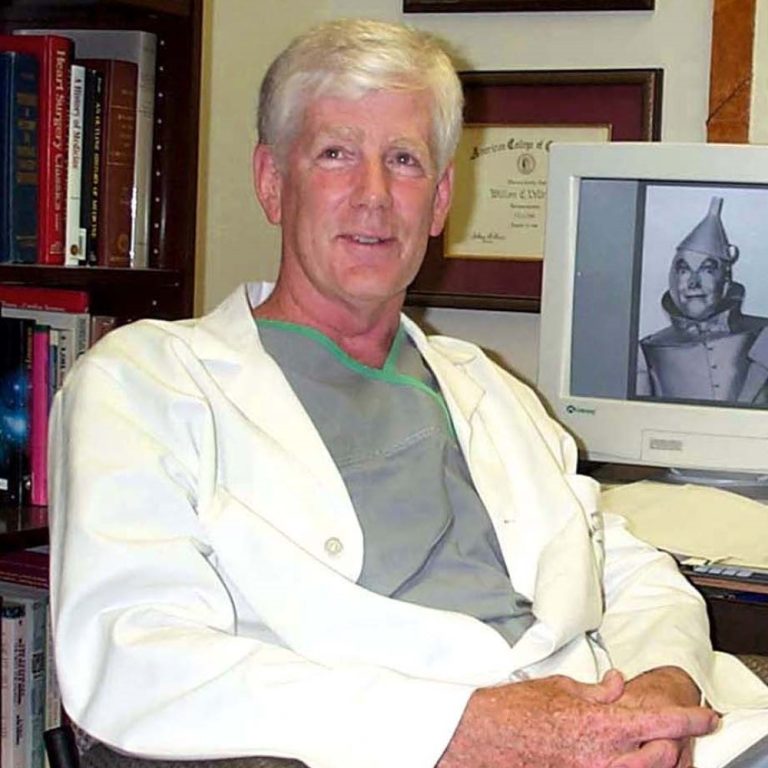
On Dec. 2, 1982, a team led by William DeVries, at the University of Utah, successfully implanted the…

On Oct. 28, 1982, the U.S. Food and Drug Administration (FDA) approved Humulin, Eli Lily’s recombinant insulin made…
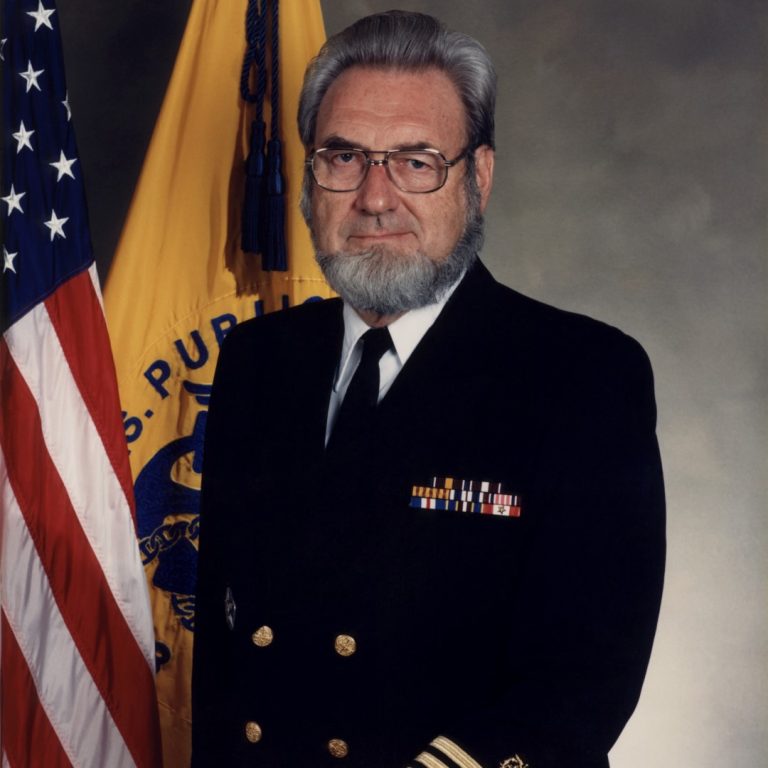
On Jan. 21, 1982, C. Everett Koop was appointed U.S. Surgeon General by President Ronald Reagan. In 1984,…
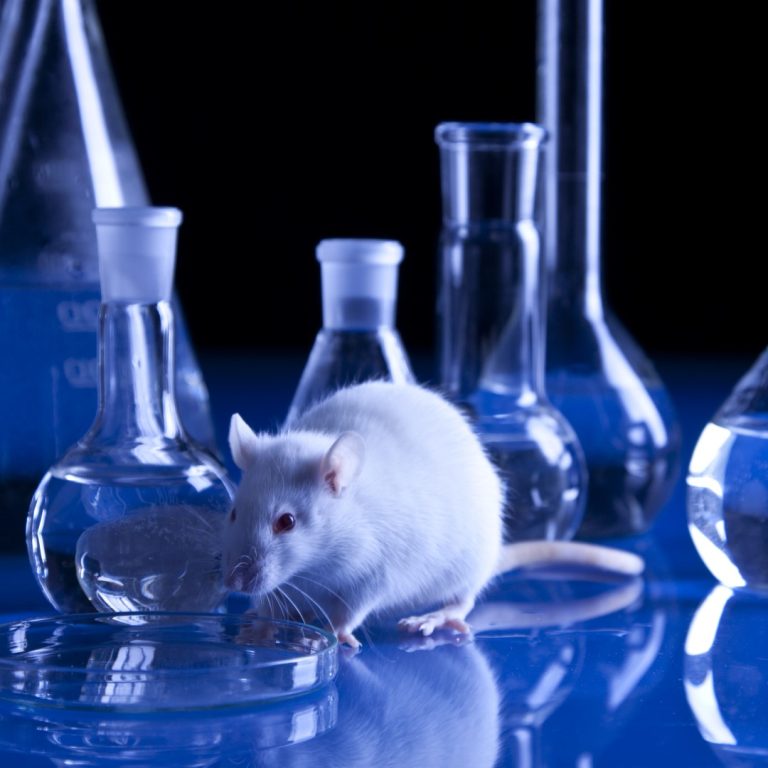
In 1982, Richard D. Palmiter at the University of Washington scientists created first “transgenic mouse” in collaboration with…
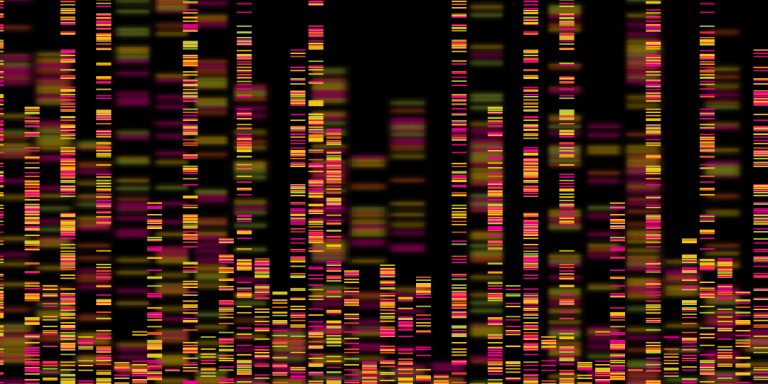
In 1982, the first major DNA sequence databases were established in the U.S. (GenBank) and Germany. GenBank ®…
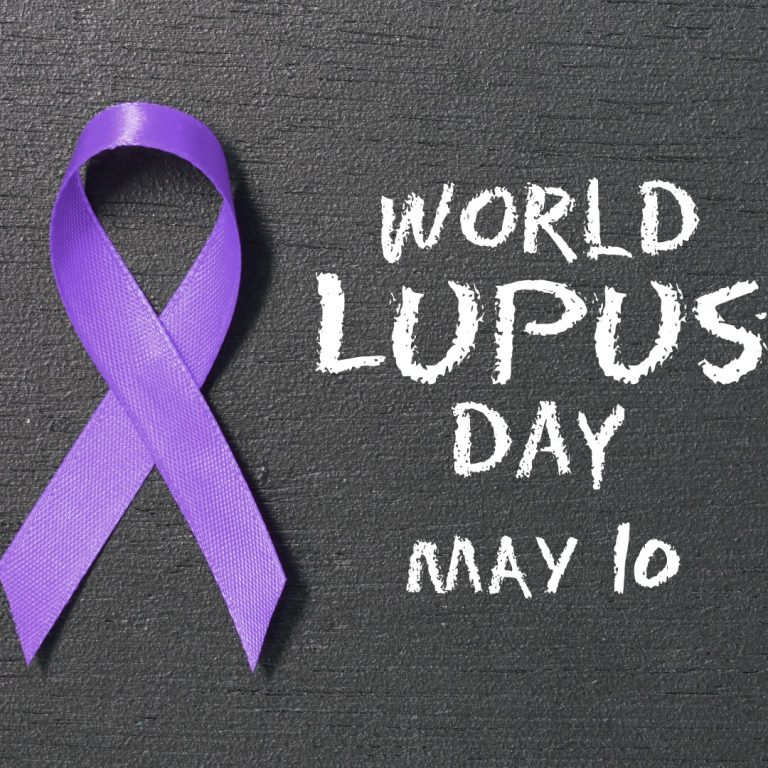
On Oct. 24, 1988, the first lupus awareness observance which occurred in 1977 was moved to Oct. in…

In 1982, Merck Frosst Canada was created through the restructuring of Merck & Co., Charles E. Frosst, and…
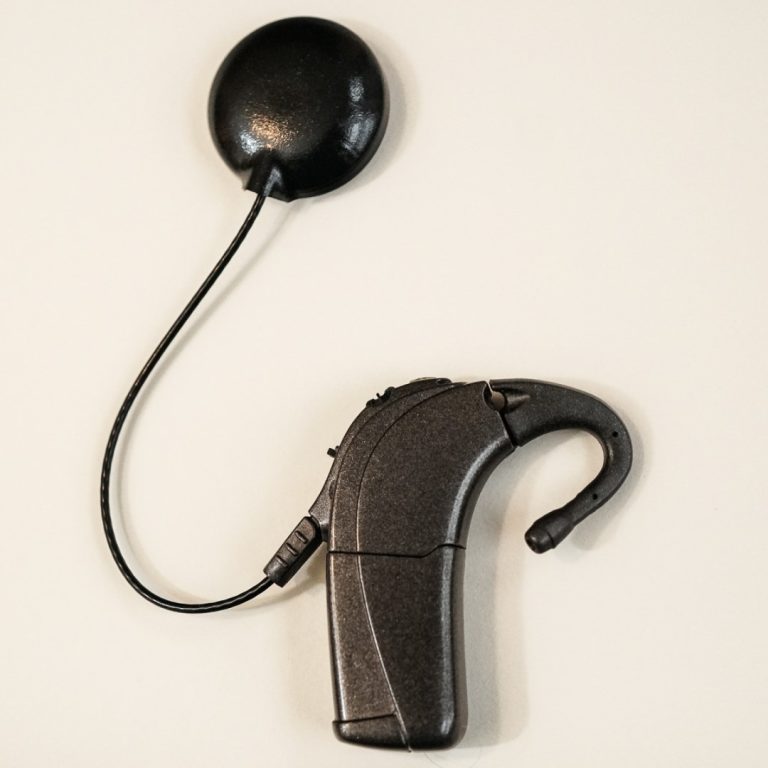
In 1982, University of Iowa otolaryngologists were the first in the U.S. to implant a multichannel cochlear implant….
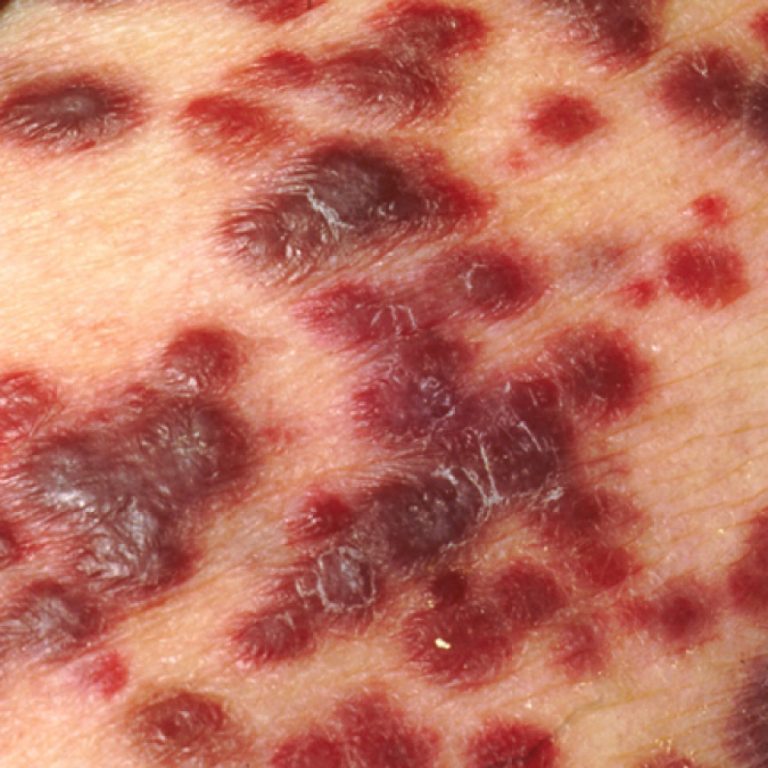
On Jun. 15, 1981, the National Cancer Institute (NCI) sponsored a conference in Bethesda, MD, on Kaposi’s Sarcoma…

On Jun. 22, 1981, ZymoGenetics was founded by University of Washington professors Earl Davie and Benjamin Hall, and…
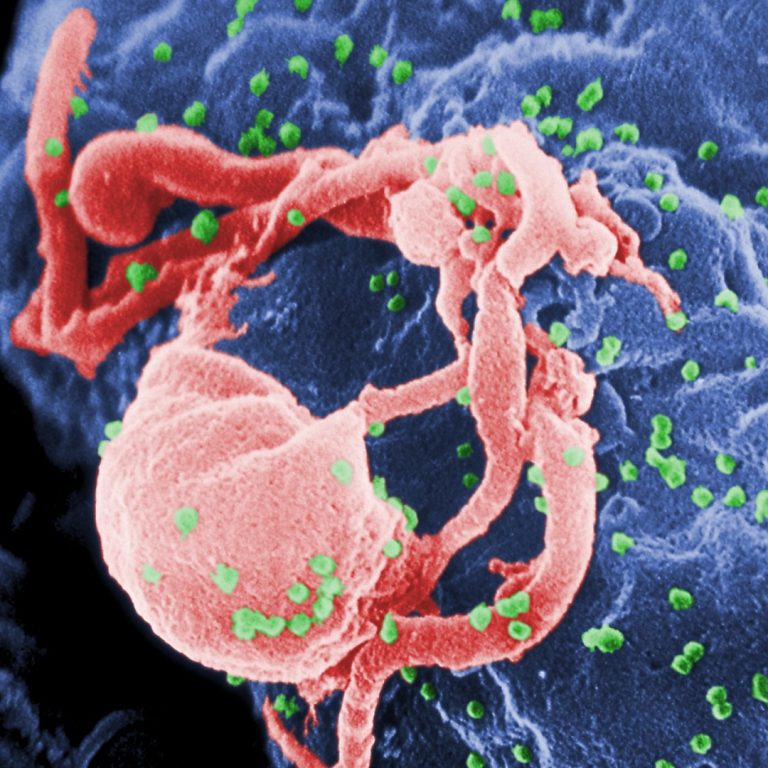
On Jun. 5, 1981, Dr. Michael Gottlieb and colleagues of University of California at Los Angeles reported a…
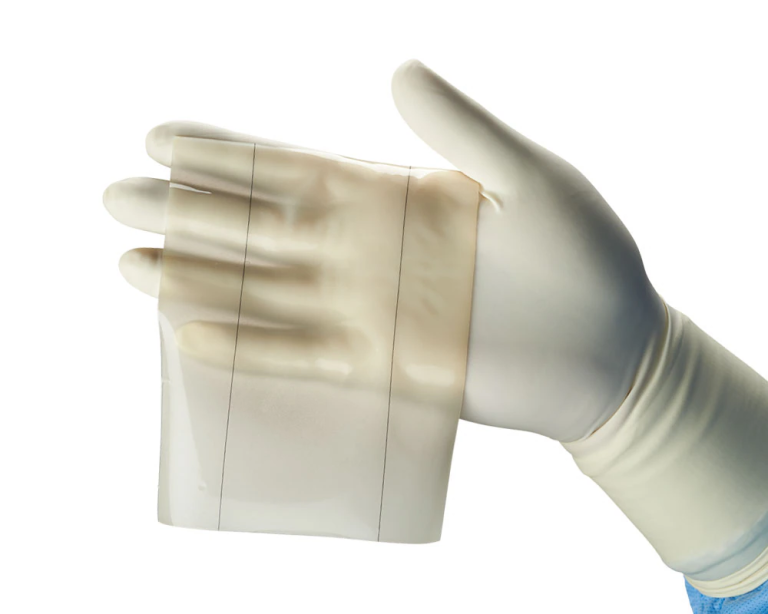
On Apr. 23, 1981, doctors at Massachusetts General Hospital announced they had for the first time successfully tested…
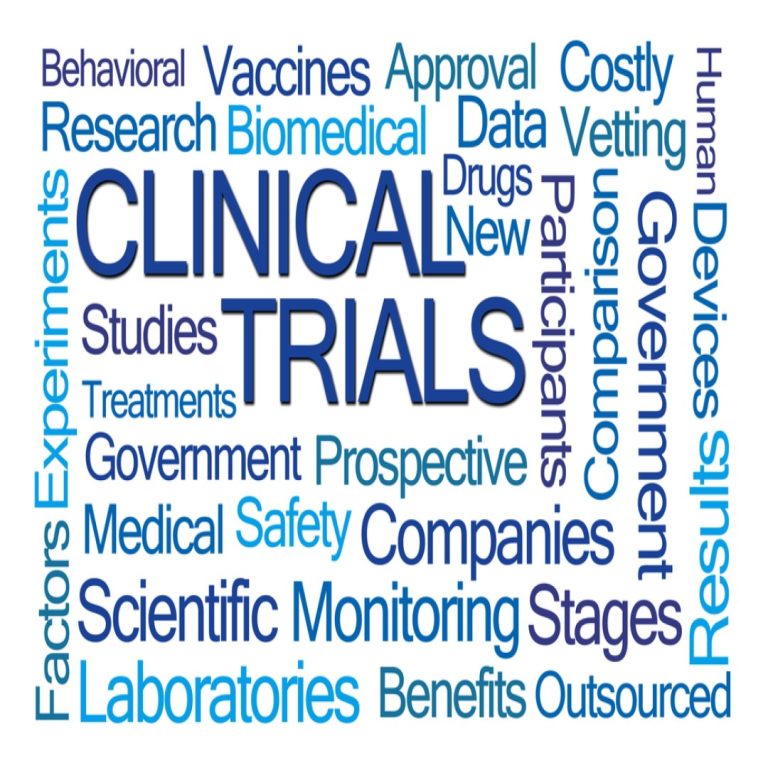
On Jan. 27, 1981, the U.S. Food and Drug Administration (FDA) and the U.S. Department of Health and…

In 1981, John Wayne Cancer Institute (formerly known as the John Wayne Cancer Clinic) was founded to promote…
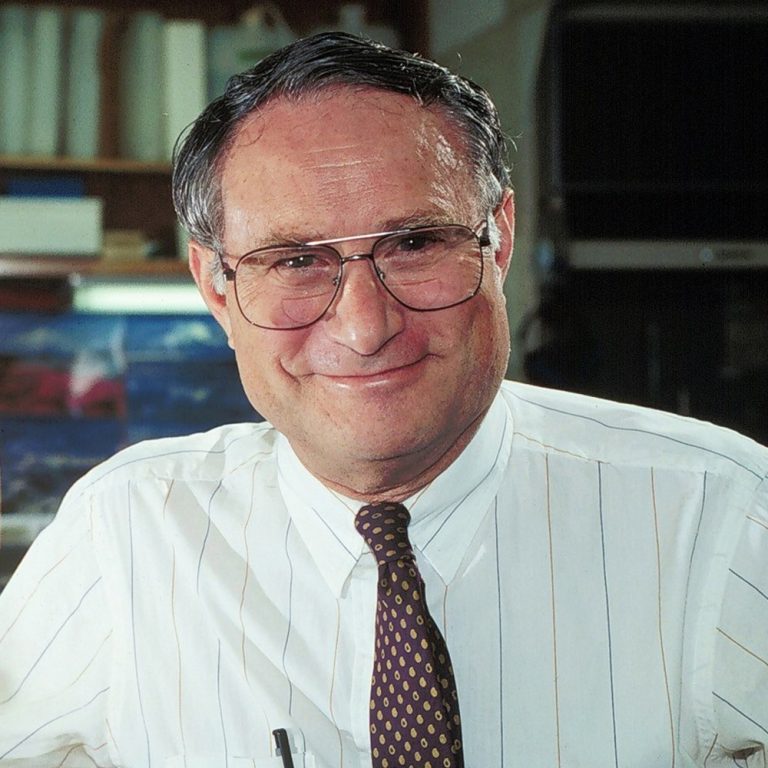
In 1981, Dr. Morris Reichlin joined the Oklahoma Medical Research Foundation (OMRF) to head the Arthritis and Immunology…
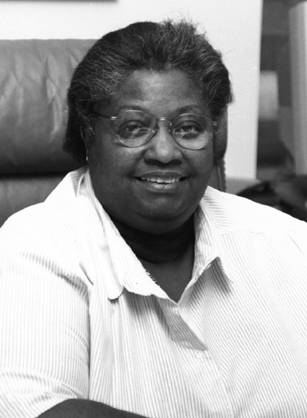
In 1981, Dr. Alexa Canady became the first African American woman in the U.S. to become a neurosurgeon,…
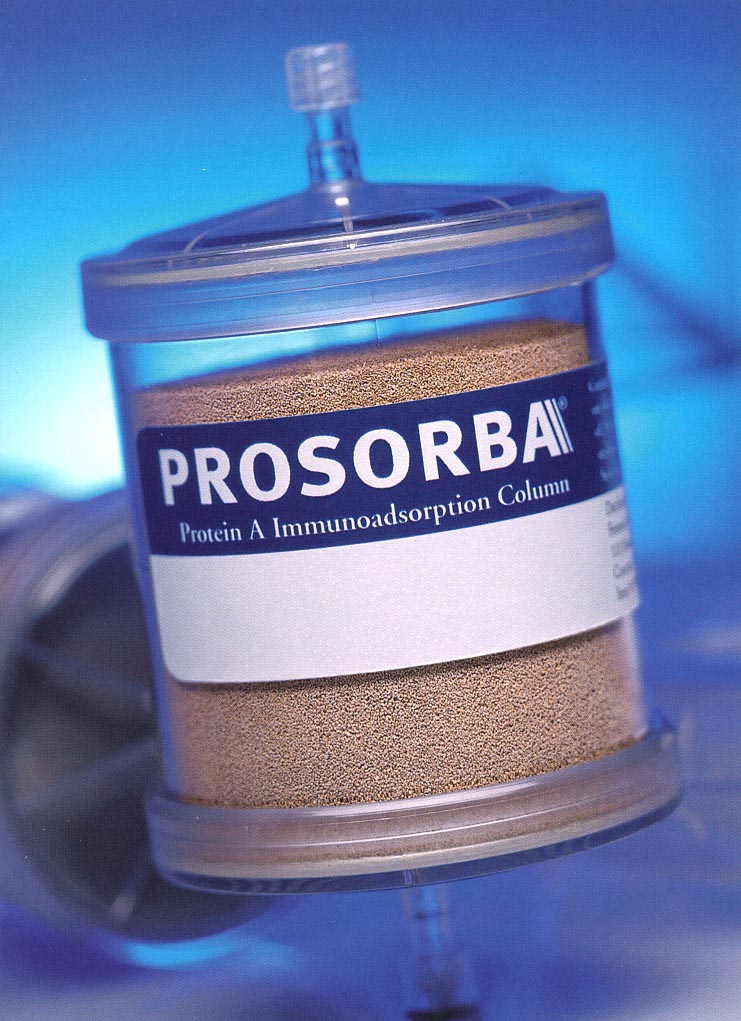
In 1981, Imre Corp. (Immune Response Systems, Inc.) was founded in Seattle. The company developed the Prosorba Column,…

On Dec. 12, 1980, the U.S. Senate passed Joint Resolution 213 which designated the National Institutes of Health’s…

On Oct. 14, 1980, the first biotechnology public offering — Genentech makes history on Wall Street when just…
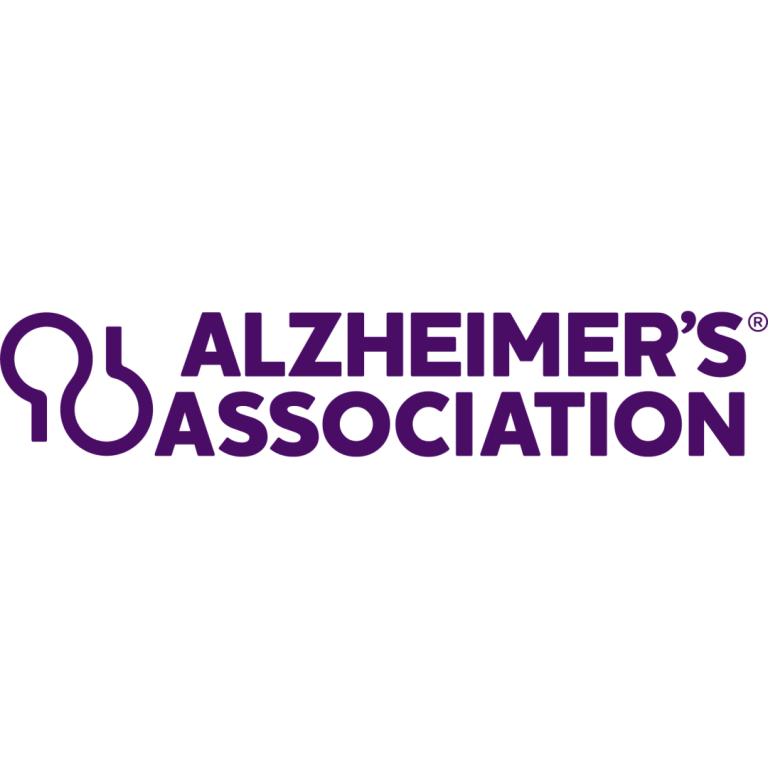
On Apr. 10, 1980, the Alzheimer’s Association was established. In 1979, Jerome H. Stone and representatives from several…

On Apr. 8, 1980, AMGen (Applied Molecular Genetics) was established in Thousand Oaks, California with George B. Rathmann…
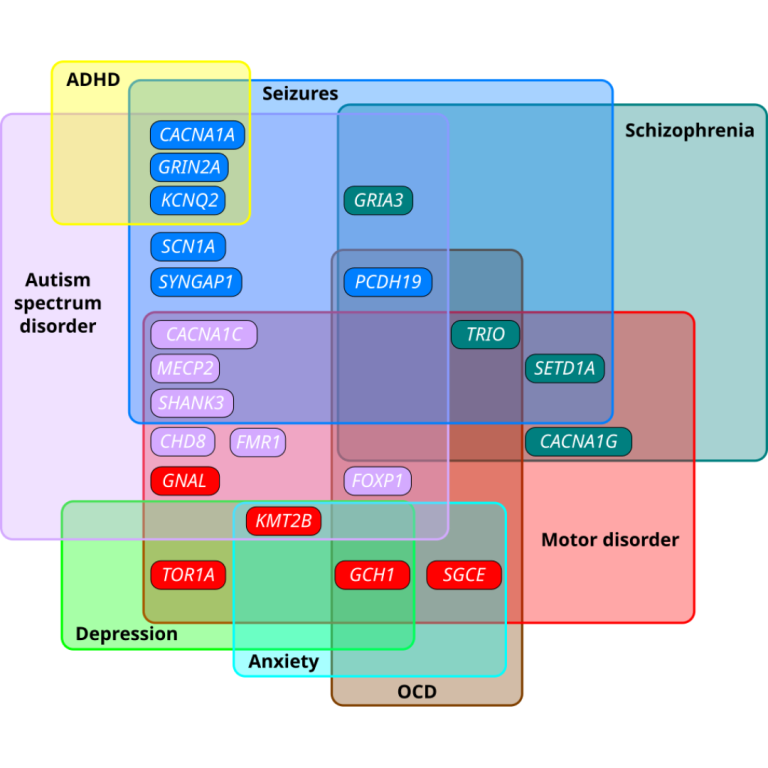
In 1980, autism appeared for the first time as a diagnosis in the third edition of the DSM…

In 1980, the U.S. Centers for Disease Control and Prevention (CDC) reported on the association of Reye Syndrome…

In 1980, Schering-Plough Animal Health introduced Intra-Trac vaccines for kennel cough in dogs. For years, Iowa State University…
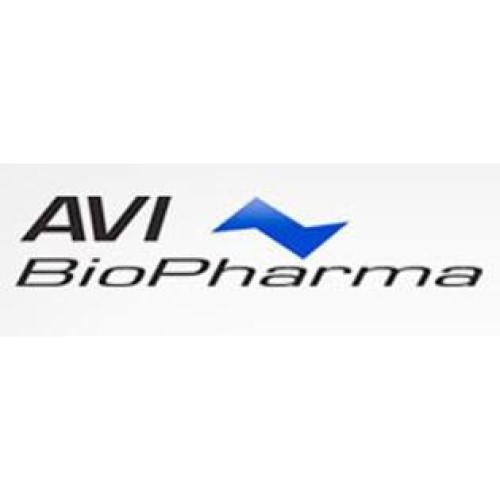
In 1980, Sarepta Therapeutics was founded originally as AVI BioPharma. Today, Sarepta is on an urgent mission: engineer…

In 1980, three of Boston’s oldest and most prestigious Harvard Medical School teaching hospitals – the Peter Bent…
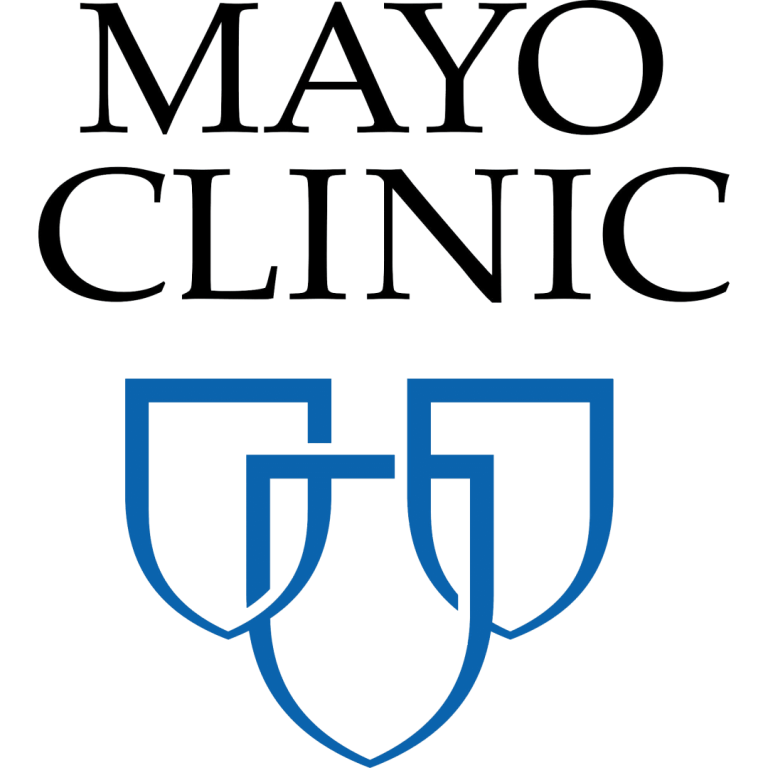
In 1980, The Mary Brigh Building, one of the Mayo’s largest expansion projects, opened. The addition added a…

On Mar. 28, 1979, the U.S. Centers for Disease Control and Prevention (CDC) investigated health effects related to…